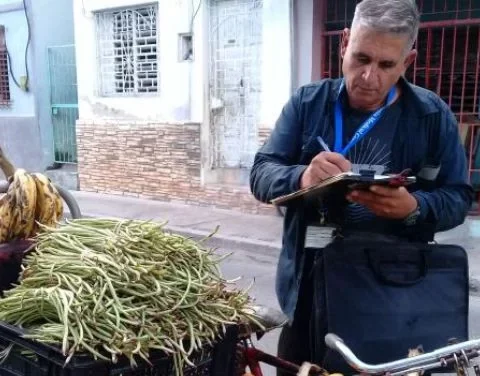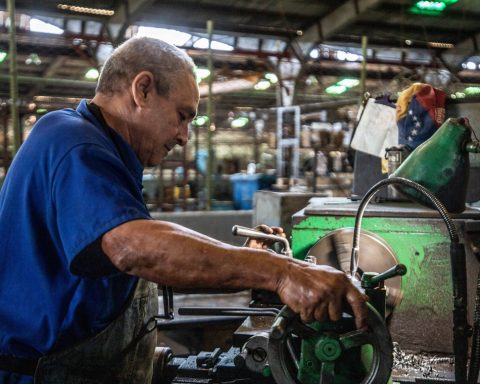In an exclusive interview with Prensa Latina, the expert explained that the situation in the region by 2022 will be more uncertain and complex, with slower-than-anticipated economic growth and job recovery.
Likewise, there will be greater inflationary pressures, high exchange rate volatility, low levels of investment and productivity, and high levels of informality, inequality and poverty.
The health crisis generated by the Covid-19 pandemic, he said, increased the socioeconomic deterioration of the area with lags in the labor markets in relation to the behavior of economic activity, this in an area characterized by large social debts.
Of the jobs lost in 2020, approximately 30 percent were not recovered in 2021, while informality continues to rise in parallel. In other words, a greater number of employed people is associated with a lower quality of jobs, the researcher pointed out.
But the recovery of employment is partial and often at the expense of certain segments of the population such as women, which places them in a situation of great disadvantage and accentuates the gender gaps in the regional labor market.
In the third quarter of 2021, the participation rate for women was 49.7 percent, but in the case of men it was 71.5 percent, a figure two percentage points below the same period in 2019 .
LATIN AMERICA IN RED NUMBERS
In the expert’s opinion, the current context is subject to the evolution of the Sars-Cov-2 virus and the probable appearance of more aggressive and contagious strains, and as long as an unequal treatment of vaccination against Covid-19 persists, these dangers will remain. .
It is a reality, possibly we would have to live together for a long time in these conditions, but that impact has an economic and social cost, said the also Doctor of Economic Sciences.
For 2021, the Economic Commission for Latin America and the Caribbean (ECLAC) estimated a regional growth of 6.2 percent, but less than half of its countries will be able to recover the activity levels of 2019 in 2022.
Only 11 nations achieved expansion in 2021 and another three are expected to join in 2022, Pichs added, showing that the crisis caused by the pandemic has lasting effects on the economic expansion of much of Latin America and the Caribbean, in addition to aggravate existing structural problems. For example, transfers of resources abroad are maintained, and it is considered that Latin American countries -with the exception of the Caribbean- paid in 2021 millionaire figures for negative net transfers to other nations.
Currently, just for the debt service indicator, the area pays 40 percent of the value of exports of goods and services, but if interest rates increase, the amounts of money to be disbursed would increase, not to mention that Latin America has a high capital component of portfolio investments.
That is, on the one hand, the debt swells to the extent that services grow, these economies are destabilized and logically it becomes less attractive for these short-term investment capitals, and then they return to safer markets.
In Latin America conditions will worsen, he remarked.
kmg/tdd

















